Tired of the endless mowing, watering, and maintenance that comes with a traditional grass lawn? It might be time to consider a beautiful and low-maintenance alternative: ground cover plants. These versatile plants are a game-changer for landscaping, offering various benefits over traditional grass lawns. From reducing water consumption to adding visual interest, ground cover plants are an excellent choice for homeowners seeking a sustainable and aesthetically pleasing outdoor space.
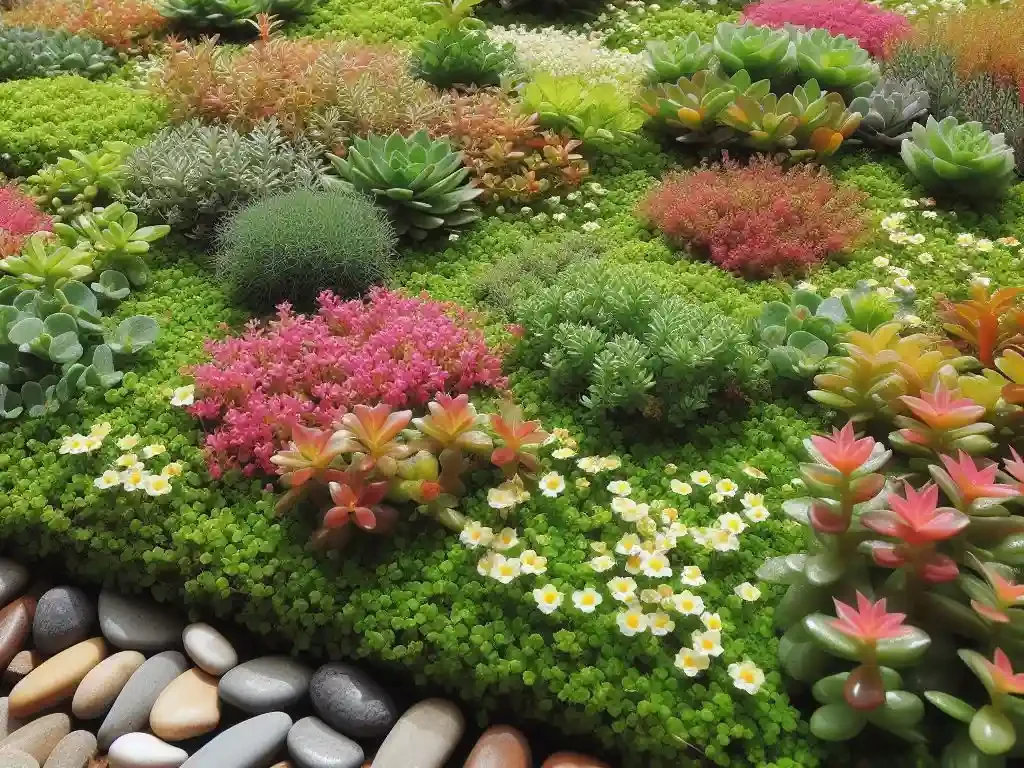
Table of Contents
Benefits of ground cover plants over traditional grass
Embracing ground cover plants can transform your outdoor area while providing numerous advantages over a conventional grass lawn. Here are some compelling reasons to make the switch:
- Water Conservation
- Low Maintenance
- Erosion Control
- Visual Appeal
- Weed Suppression
Selection Criteria
When selecting ground cover plants for your landscape, consider the following factors:
- Hardiness Zone: Ensure the plants can thrive in your local climate conditions by choosing varieties suitable for your hardiness zone.
- Sun Exposure: Some ground cover plants prefer full sun, while others thrive in partial shade or shaded areas. Match the plant’s requirements with the sun exposure in your desired planting location.
- Soil Type: Different ground cover plants have varying soil preferences, from well-draining to moisture-retentive. Choose plants that will flourish in your soil conditions.
- Growth Habit: Consider the mature size, spreading tendency, and growth rate of the plants to ensure they align with your desired coverage area and aesthetic goals.
- Maintenance Requirements: While ground cover plants generally require less maintenance than lawns, some varieties may need occasional trimming or grooming. Choose plants that fit your desired maintenance level.
Top 10 Ground Cover Plants for Your Landscape Transformation
Ready to transform your outdoor space? Here are ten outstanding ground cover plants to consider:
1. Creeping Thyme (Thymus serpyllum): A fragrant and evergreen perennial, creeping thyme forms a dense mat of foliage and produces tiny purple or pink flowers. It’s drought-tolerant and ideal for sunny areas, pathways, and in-between pavers.
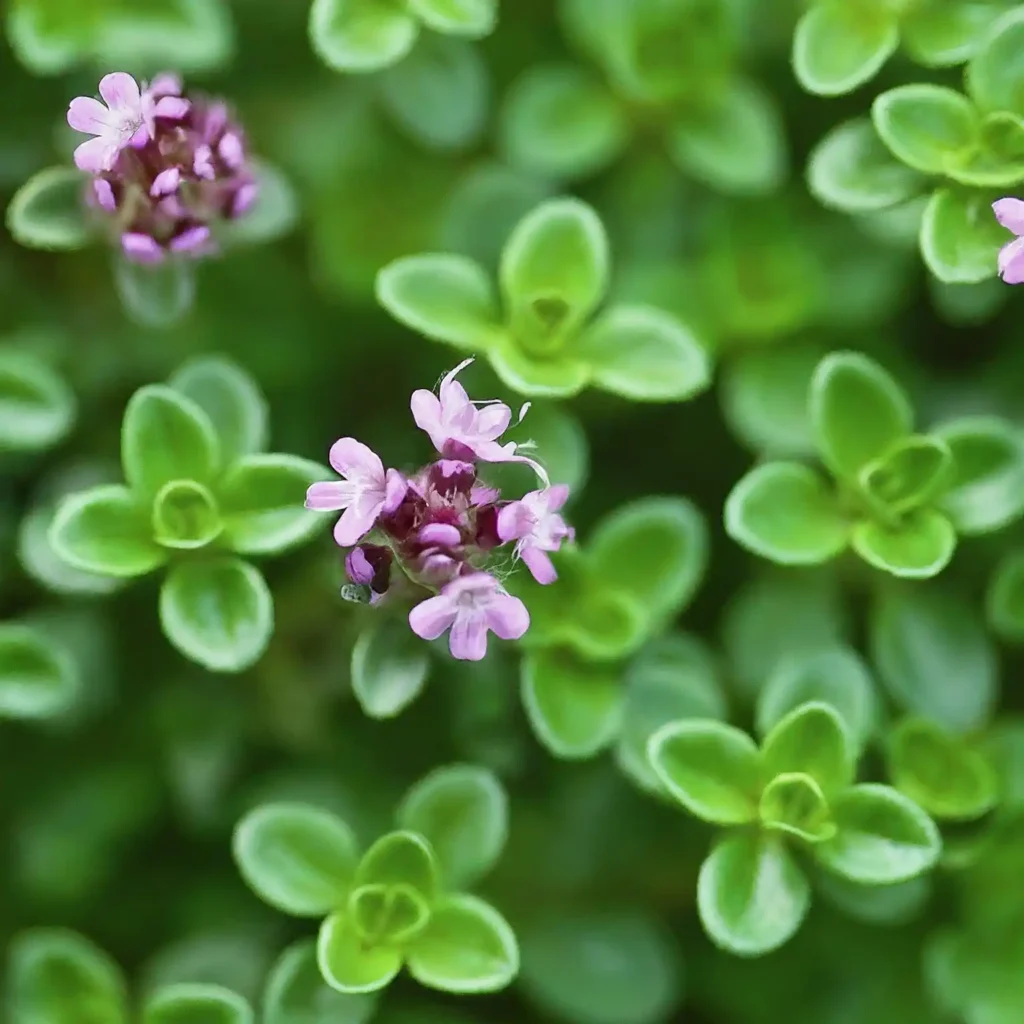
2. Wooly Thyme (Thymus pseudolanuginosus): With its soft, gray-green foliage and a carpet-like appearance, wooly thyme is an excellent choice for dry, sunny spots. It’s also deer-resistant and attracts butterflies.
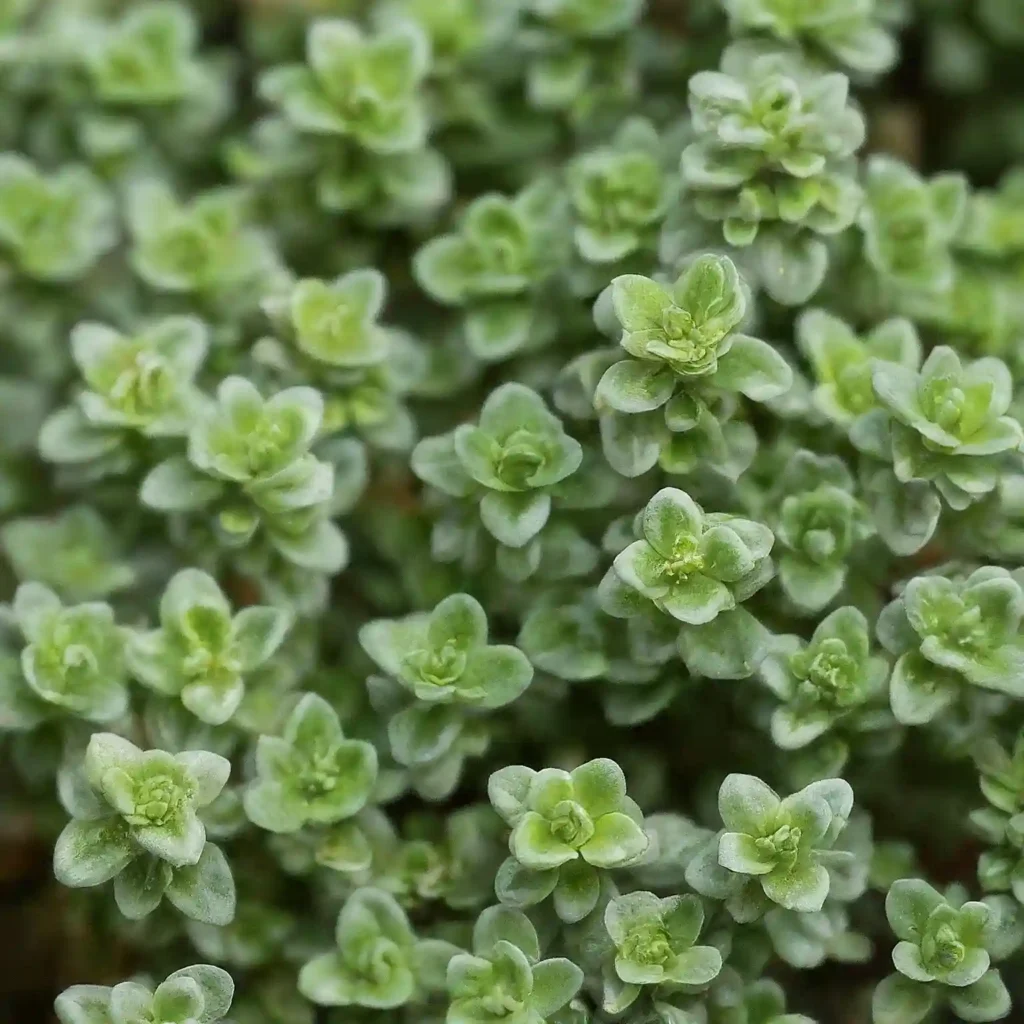
3. Creeping Phlox (Phlox subulata): A vibrant and low-growing perennial flowering ground cover, creeping phlox features masses of colorful blooms in shades of pink, purple, white, or blue. It thrives in well-drained soil and full sun to partial shade.
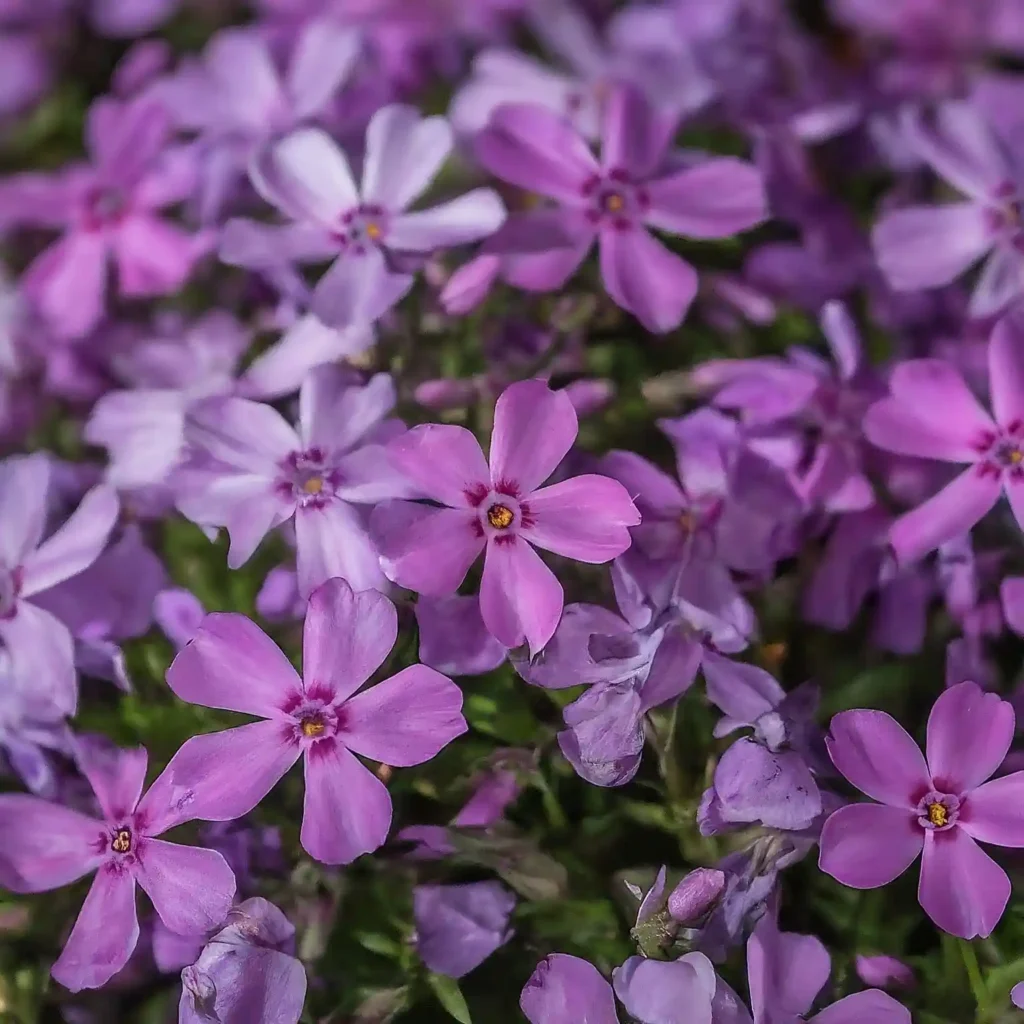
4. Moss Phlox (Phlox douglasii): A drought tolerant ground cover and evergreen option, moss phlox forms a dense mat of needle-like foliage and produces fragrant flowers for ground coverage in shades of pink, white, or lavender.
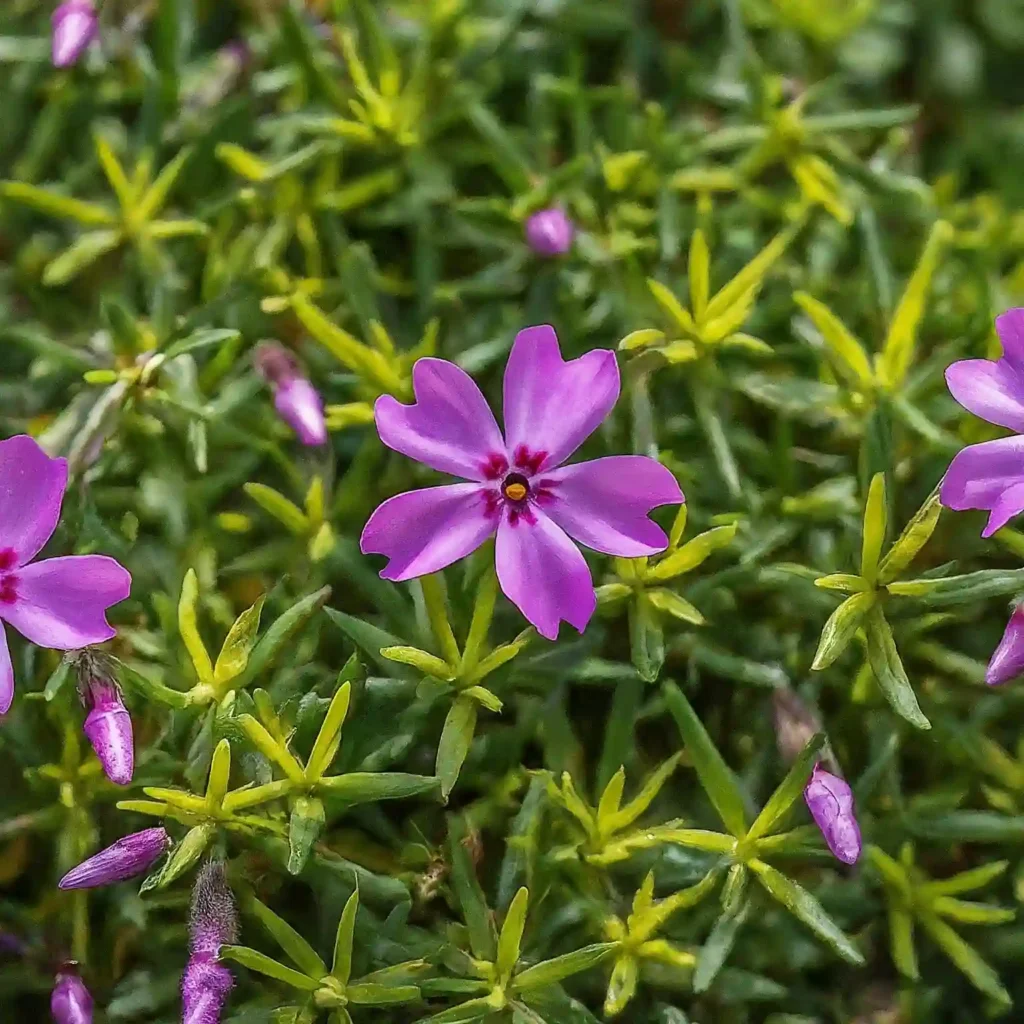
5. Creeping Juniper (Juniperus horizontalis): With its low-growing, spreading habit and evergreen foliage, creeping juniper is an excellent ground cover for shade or sunny areas. It’s drought-tolerant and provides year-round color.
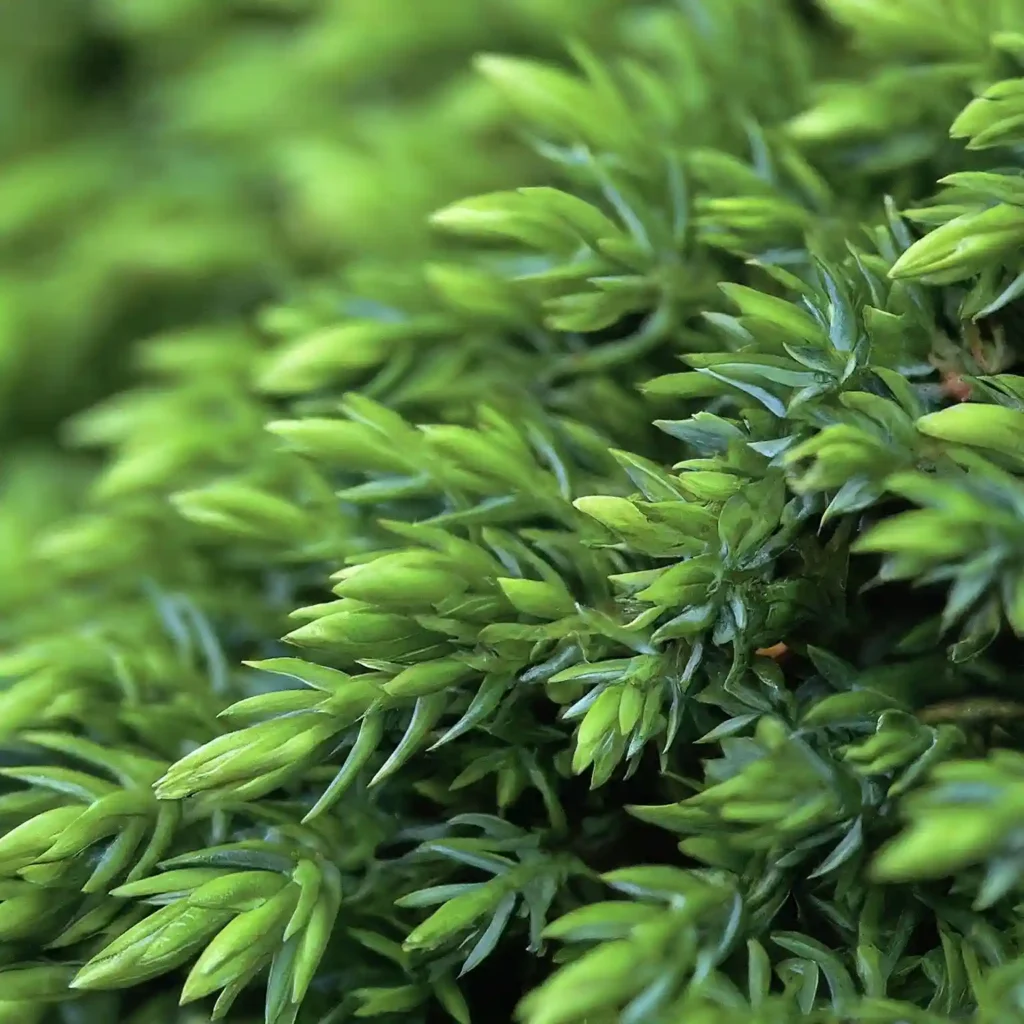
6. Sedum (Sedum spp.): This diverse genus includes many low-growing varieties, such as Dragon’s Blood Sedum and Stonecrop, offering succulent foliage and vibrant flowering ground cover with flowers. Sedums are drought tolerant ground cover and thrive in well-drained soil and full sun.
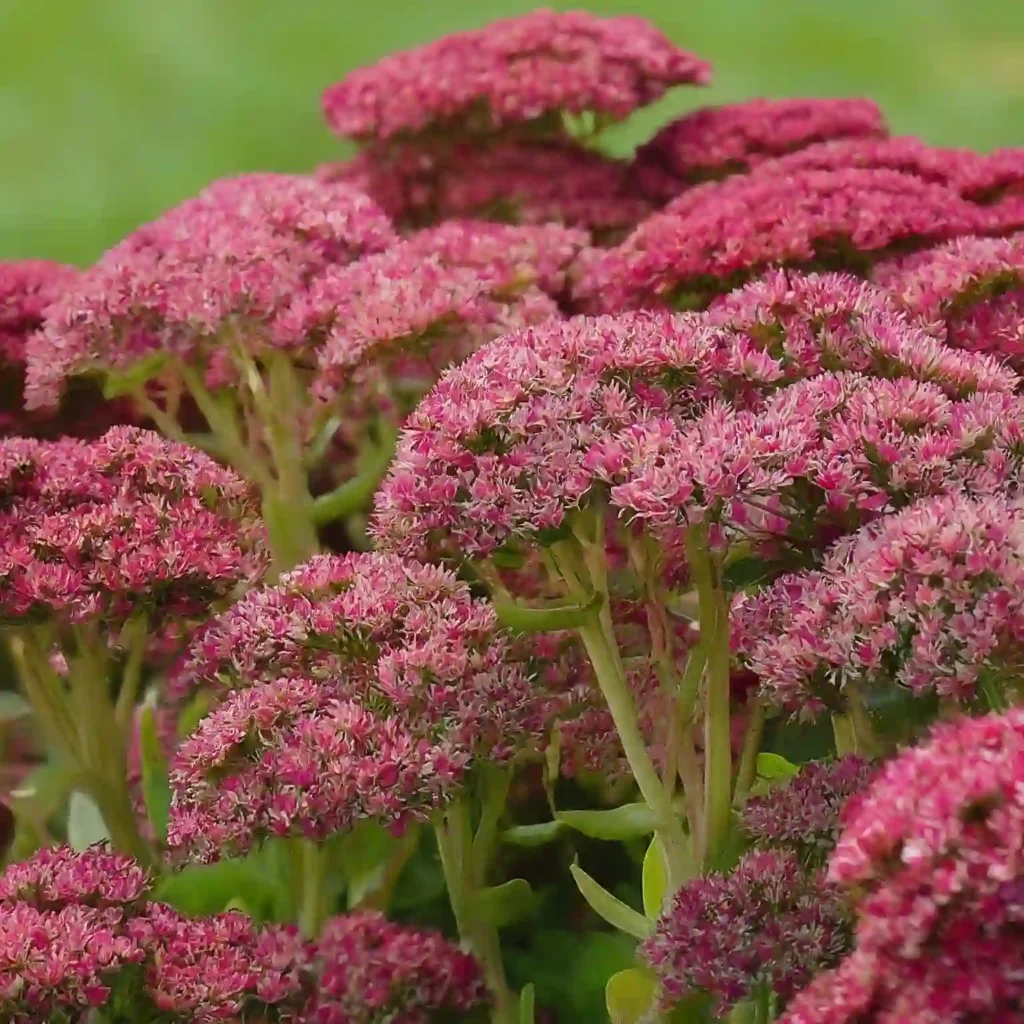
7. Candytuft (Iberis sempervirens): A semi-evergreen perennial with clusters of white or pink flowers that look like bells, candytuft forms a dense mat and is well-suited for rock gardens, borders, or edging.
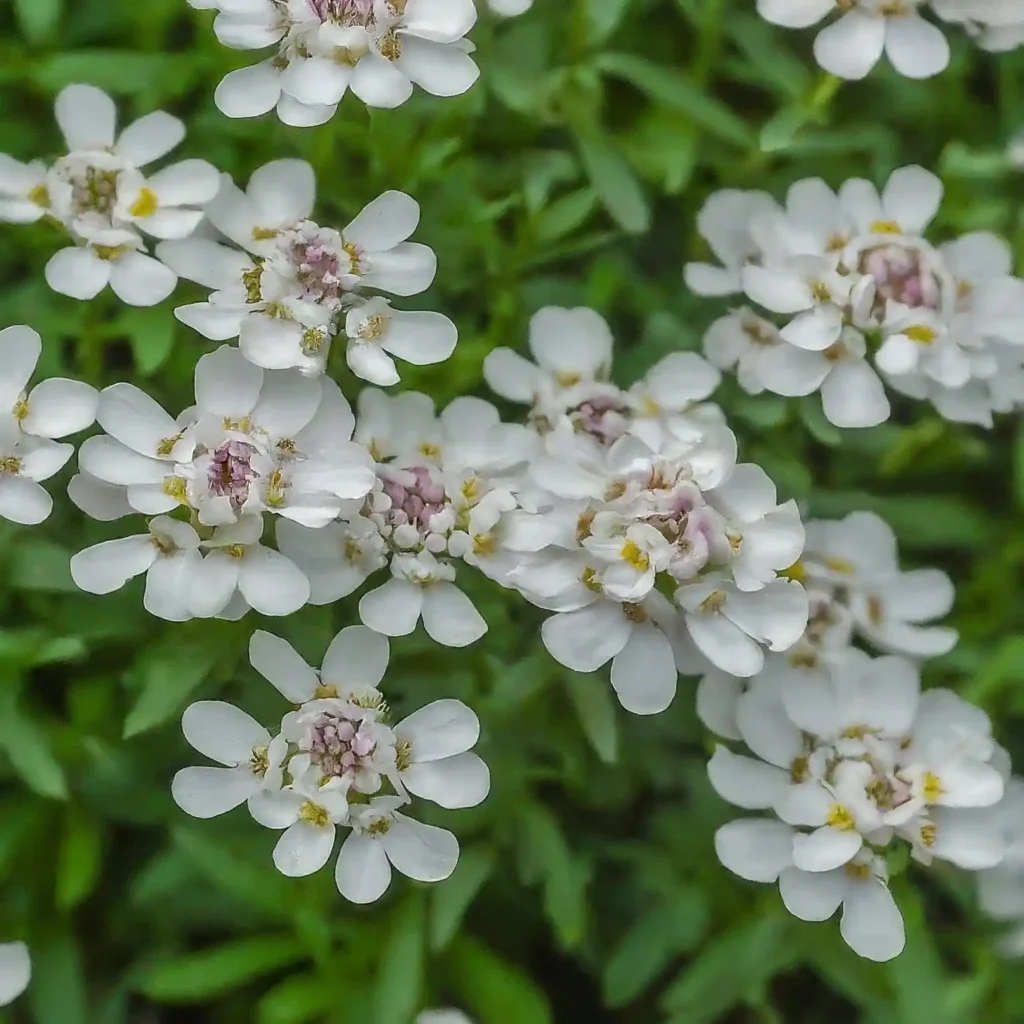
8. Bugleweed (Ajuga reptans): With its glossy, semi-evergreen foliage and spike-like blooms in shades of blue, purple flower ground cover, bugleweed is an excellent choice for shade ground cover plants or as a ground covering beneath trees.
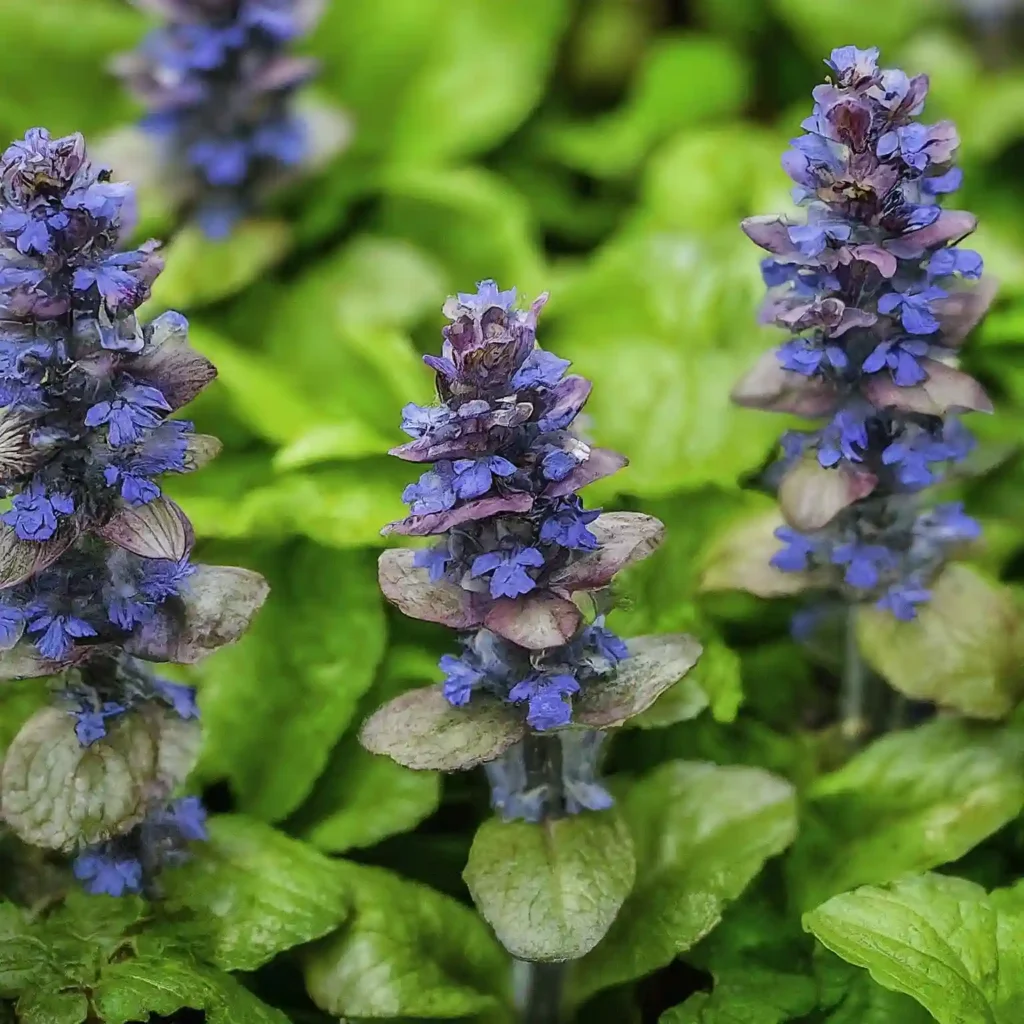
9. Sweet Woodruff (Galium odoratum): A fragrant and semi-evergreen perennial, sweet woodruff features whorled leaves and delicate white flowers. It’s ideal for shade ground cover plants areas and woodland gardens.
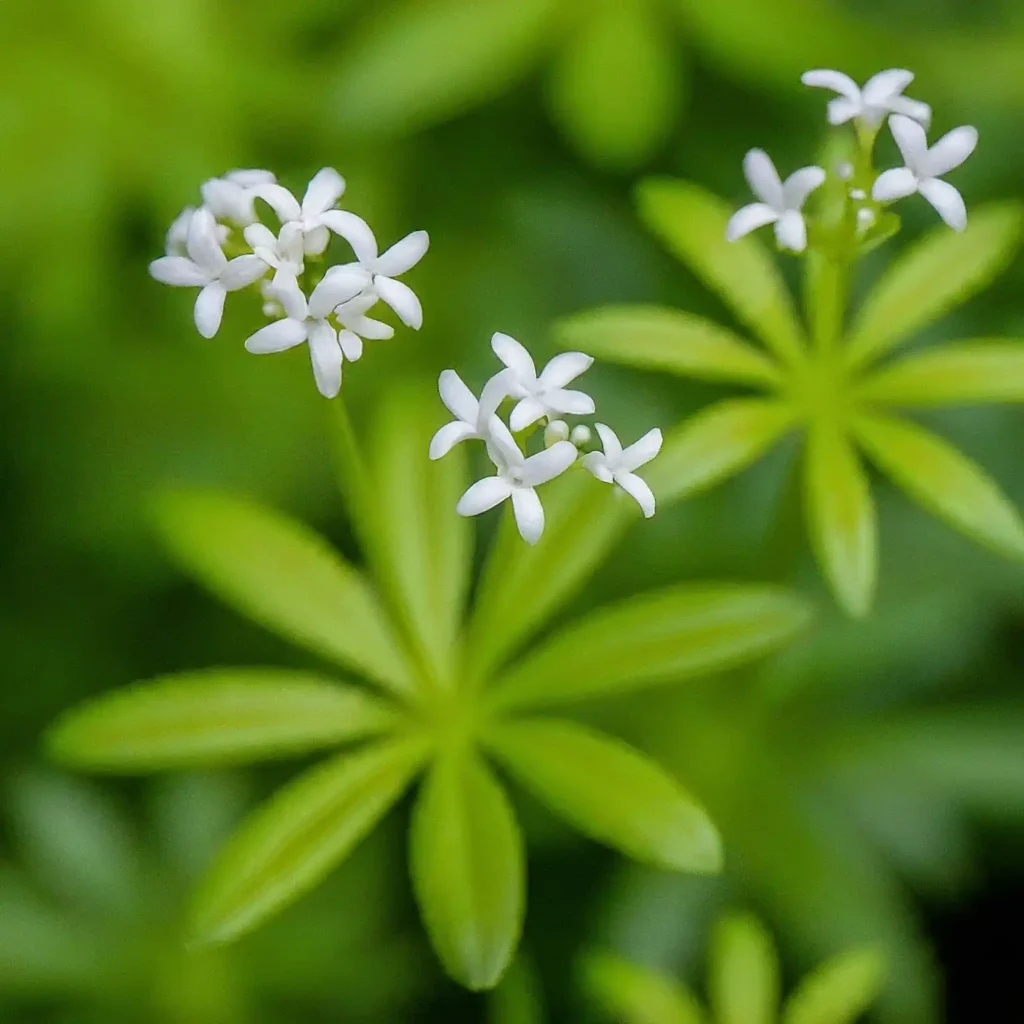
10. Vinca Minor (Vinca minor): Also known as periwinkle, this evergreen ground covering boasts glossy green foliage and blue-violet flowers. It’s versatile, low-maintenance, and tolerates a wide range of soil conditions and light levels.
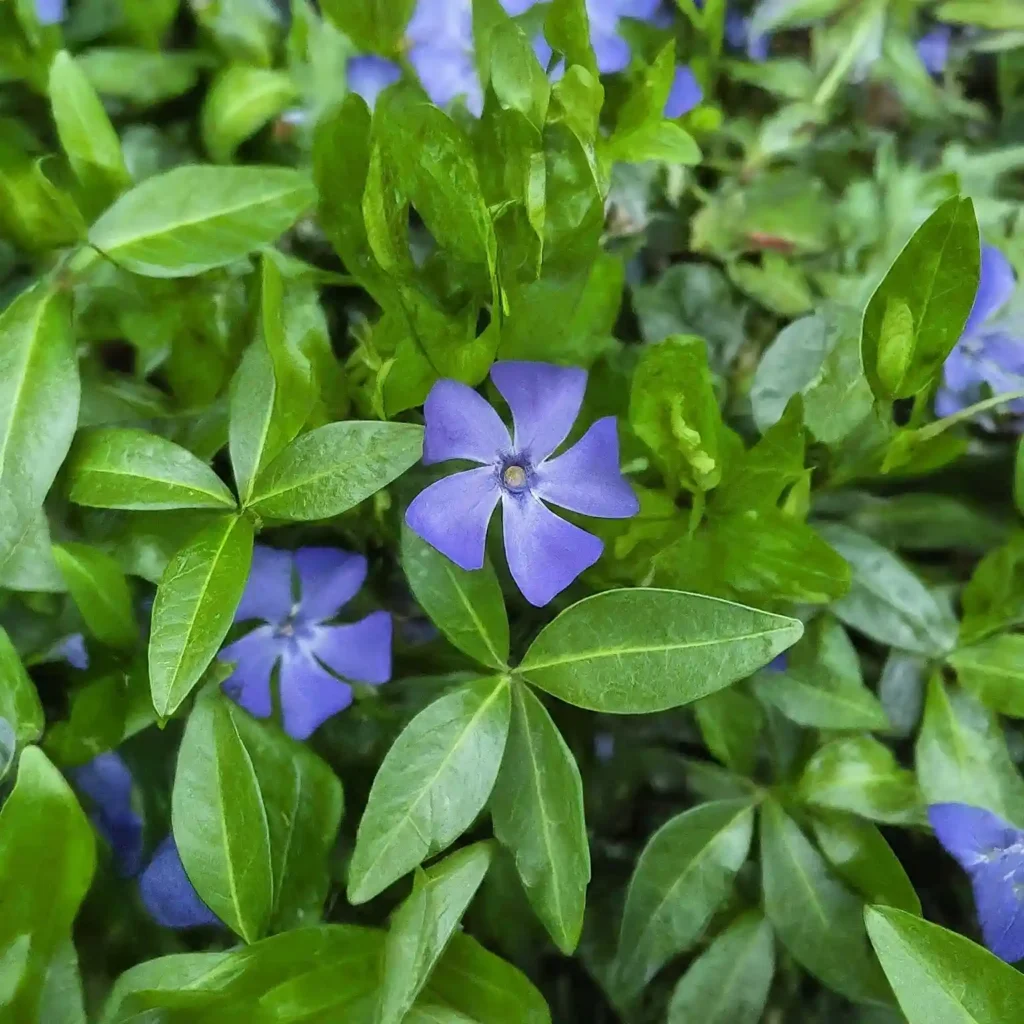
Maintenance Tips for Ground Cover Plants
While ground cover plants require less maintenance than traditional grass lawns, following these tips will help ensure their long-term health and beauty:
- Mulching: Apply a 2-3 inch layer of mulch around the plants to retain moisture, suppress weeds, and regulate soil temperatures.
- Watering: During the establishment phase, water ground cover plants regularly until their roots are well-established. Once established, most varieties require minimal watering.
- Trimming: Some ground cover plants may benefit from occasional trimming to remove dead or overgrown stems and encourage new growth.
- Weed Control: Hand-pull or carefully spot-treat any unwanted weeds that may appear.
- Fertilizing: Depending on the plant variety and soil conditions, apply a balanced fertilizer in early spring to promote healthy growth.
Summary
By incorporating ground cover plants into your landscape, you can create a beautiful, low-maintenance, and sustainable outdoor space. With their diverse textures, colors, and growth habits, ground cover plants offer endless possibilities for transforming your yard while reducing water consumption, minimizing maintenance, and adding visual interest. Embrace the beauty and practicality of ground cover plants, and enjoy a lush, vibrant landscape that perfectly suits your lifestyle and environmental goals.





My brother suggested I might like this blog He was totally right This post actually made my day You can not imagine simply how much time I had spent for this info Thanks